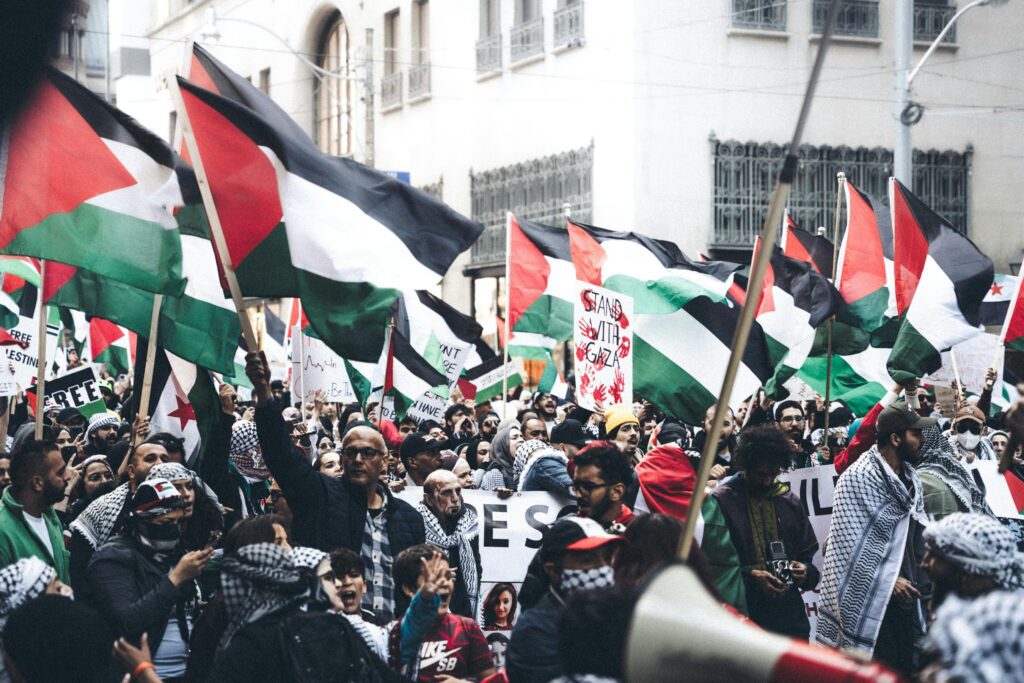The Gaza Strip has been a focal point of conflict for decades, with recurring violence affecting millions of lives. Amidst ongoing hostilities, a new cease-fire plan has emerged, presenting a potential path to peace and stability. This article explores the latest developments in the Gaza cease-fire plan, highlighting its significance and the challenges ahead.
Background
The Gaza conflict has deep historical roots, marked by a series of violent confrontations and political disagreements between Israel and Palestinian factions, primarily Hamas. Over the years, several cease-fire attempts have been made, often brokered by international mediators. Unfortunately, many of these agreements have been short-lived, failing to bring lasting peace. Key stakeholders in the current cease-fire discussions include Israel, Hamas, Qatar, Egypt, and other international players such as the United States and the European Union.
Recent Developments
Cease-Fire Proposal: International mediators, including Qatar and Egypt, have put forward a new cease-fire plan aimed at ending the current hostilities in Gaza. The proposal includes terms for a cessation of violence, the reopening of border crossings, and the facilitation of humanitarian aid.
Hamas’s Response: Hamas has initially reacted to the cease-fire plan with a list of demands for amendments. These demands include assurances for the lifting of the blockade on Gaza and guarantees for the safety and rights of Palestinians.
International Reactions: The proposed cease-fire has elicited varied responses from global players. The United States and the European Union have expressed cautious optimism, emphasizing the need for a sustainable and enforceable agreement. The United Nations has also shown support, highlighting the urgent need to address the humanitarian crisis in Gaza.
Key Points of the Cease-Fire Plan
Terms and Conditions: The cease-fire proposal outlines several key conditions, including an immediate cessation of hostilities, the reopening of border crossings for goods and people, and provisions for the entry of humanitarian aid into Gaza.
Monitoring and Enforcement: To ensure compliance, the plan includes mechanisms for international monitoring and enforcement. This may involve the deployment of observers or peacekeeping forces to oversee the implementation of the cease-fire.
Humanitarian Aid: A critical component of the cease-fire plan is the provision of humanitarian aid. This includes medical supplies, food, and other essential resources to alleviate the suffering of civilians in Gaza. The plan aims to facilitate the swift and unhindered entry of aid into the region.
Challenges and Obstacles
Trust Deficit: One of the major challenges is the lack of trust between the conflicting parties. Previous cease-fires have often been breached, leading to skepticism about the current plan’s viability.
Implementation Issues: There are potential difficulties in implementing and sustaining the cease-fire. Ensuring all parties adhere to the terms and addressing violations promptly will be crucial for the plan’s success.
External Influences: Regional powers and their interests play a significant role in the conflict dynamics. The influence of countries like Iran, which supports Hamas, and the broader geopolitical interests of the Middle East, can impact the effectiveness of the cease-fire.
Implications of the Cease-Fire
Humanitarian Impact: If successfully implemented, the cease-fire could significantly improve the humanitarian situation in Gaza. Civilians would receive much-needed aid, and the reduction in violence would provide a safer environment for the population.
Political Ramifications: The cease-fire could alter the political landscape in Gaza, Israel, and the broader Middle East. It may lead to shifts in power dynamics and influence future negotiations and peace efforts.
Future Prospects: The long-term prospects for peace and stability in the region hinge on the success of the cease-fire. A durable agreement could pave the way for more comprehensive peace talks and a resolution to the longstanding conflict.
Conclusion
In conclusion, the latest cease-fire plan for Gaza presents a critical opportunity for peace and humanitarian relief. However, its success depends on the cooperation and commitment of all parties involved, as well as robust international support and monitoring. As developments unfold, continued attention and support from the global community will be essential to ensure a lasting and meaningful resolution to the conflict.
For more information on the latest developments and in-depth analysis, visit Article Enclaves.
